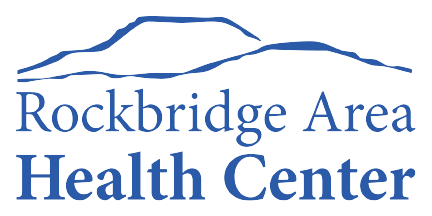Rockbridge Area
Health Center
Caring for the Whole Community
Coming to a neighborhood near you:
Mobile Medical and Dental Services
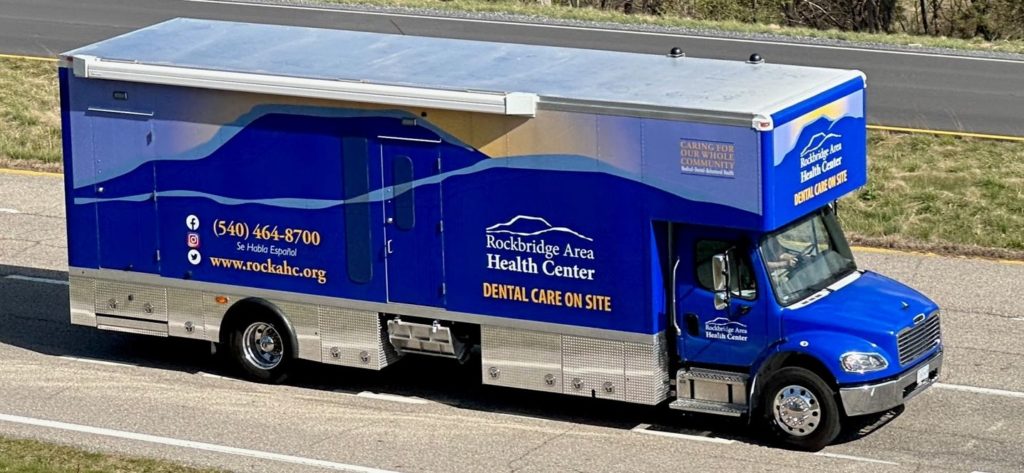
RAHC is addressing transportation barriers to health care with the recent acquisition of two state-of-the-art mobile health care units, one designed for medical care and one for dental care.
Patients will find us at locations in the greater Rockbridge area, including schools, churches, businesses, senior centers, community gatherings, and more!
Upcoming Dental Clinics:
All Dental Clinics take place from 8:30 am – 5 pm
May 2024
May 7, 2024: Rockbridge Baths Volunteer Fire Department
May 8, 2024: Rockbridge Baths Volunteer Fire Department
May 14, 2024: Old Goshen Public Library
May 15, 2024: Old Goshen Public Library
May 21, 2024: Natural Bridge Volunteer Fire Department
May 22, 2024: Natural Bridge Volunteer Fire Department
Click here for additional dates and information.
Appointments required.
To schedule an appointment with our mobile dental clinic, call (540) 464-8700 ext. 7195.
Upcoming Medical Clinics:
May 2024
May 8, 2024: Maury River Middle School – Vaccination clinic
May 16, 2024: Rockbridge County High School – Vaccination clinic
May 22, 2024: Rockbridge Baths Volunteer Fire Department
May 23, 2024: Natural Bridge Volunteer Fire Department
May 30, 2024: Old Goshen Public Library
Click here for additional dates and information.
Appointments required.
To schedule an appointment with our mobile medical clinic, call (540) 464-8700 ext. 7110.
COVID-19 Immunizations
Updated COVID-19 Vaccines are available.
RAHC offers COVID-19 immunizations to patients aged 6 months and older.
Please call or send a text message to (540) 464-8700 to schedule an adult COVID-19 immunization appointment.
Pediatrics (6 months – 17 years old)
RAHC offers Pfizer immunizations to children ages 6 months – 17 years old.
Lost your COVID-19 immunization card?
Visit the Virginia COVID-19 Vaccination Record Request Portal
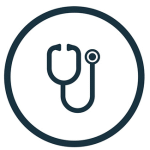
Medical
Providing high-quality and comprehensive
Primary Medical Services in Lexington and Buena Vista.
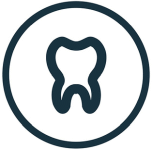
Dental
Providing Dental Services for the whole family at every stage of life in our Lexington and Buena Vista locations.

Behavioral Health
Providing a wide range of fully-integrated behavioral health care to children and adults.
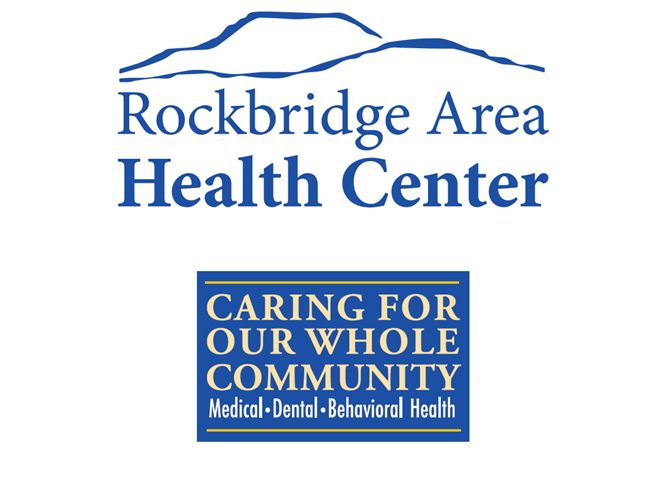
A Healthcare Home for the Whole Community
The Rockbridge Area Health Center (RAHC) offers high-quality, comprehensive healthcare services to anyone seeking access to care. Medical, dental, behavioral health, and medication assistance is available to patients of all ages who are insured, uninsured, and to those with Medicaid and Medicare. Additional savings are available through an income-based sliding fee discount program.


Providing High-Quality and Affordable Healthcare
As a Patient-Centered Medical Home (PCMH), we provide comprehensive healthcare that is coordinated and team-based to anyone, regardless of income or insurance status. You may be eligible for a sliding fee discount program, based on your household/family size and how much you earn, even if you have insurance.
What’s New with RAHC
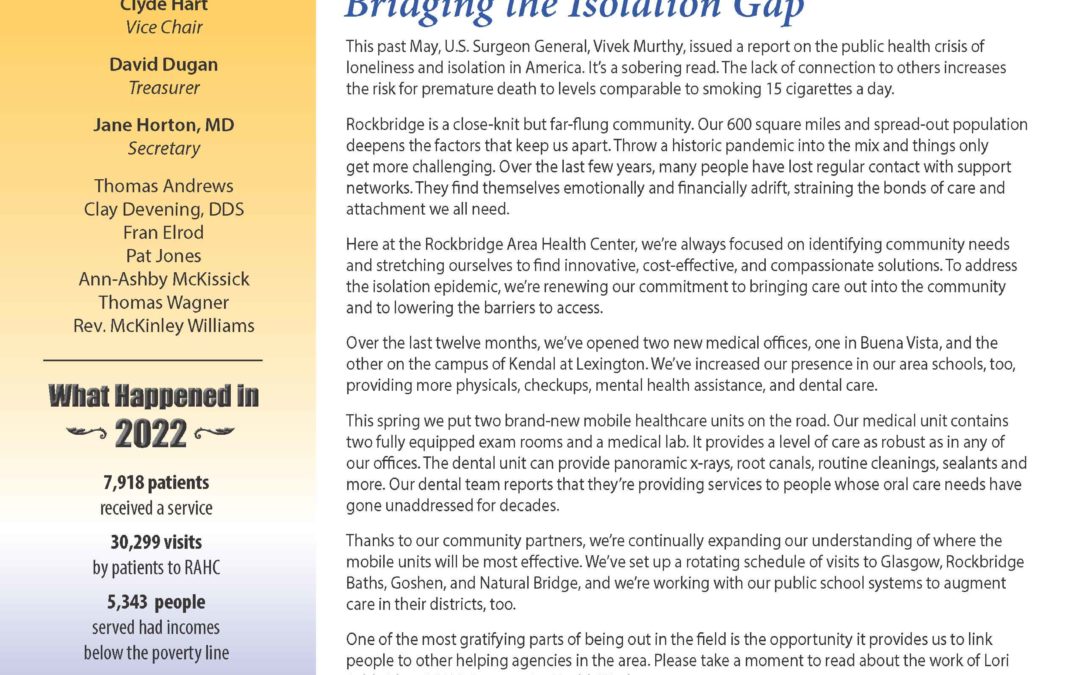
Fall 2023 Newsletter
Rockbridge Area Health Center's Fall 2023 Newsletter is now available online. Click or tap the...
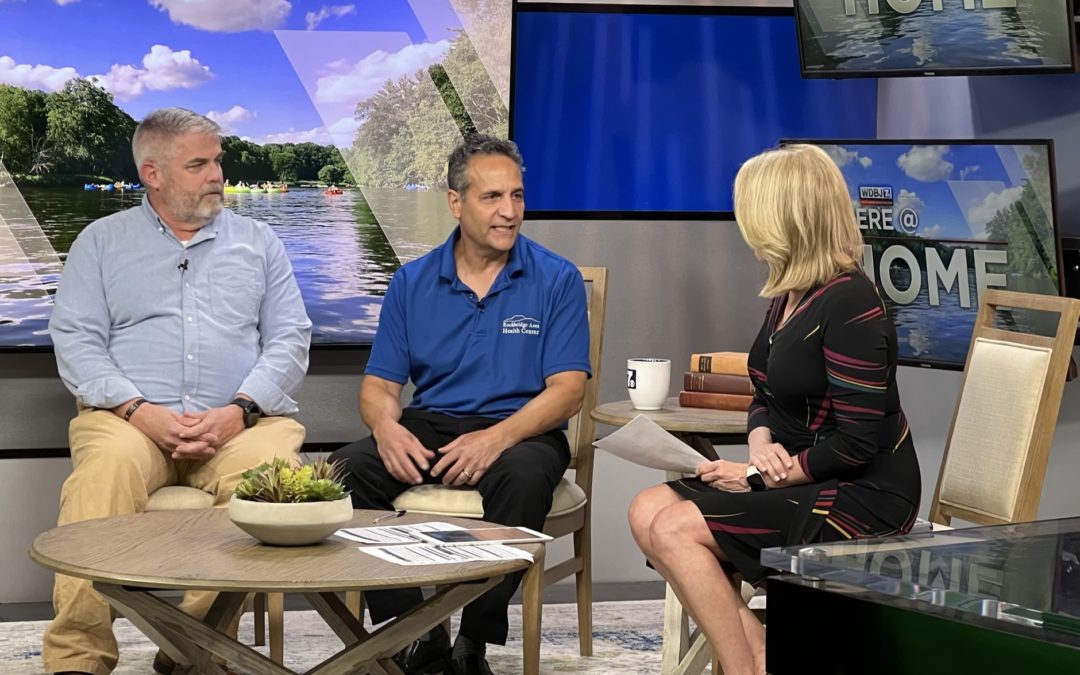
WDBJ7 – RAHC Brings Care to Patients in Mobile Units
Medical and dental experts are rolling into neighborhoods throughout Rockbridge County so people...
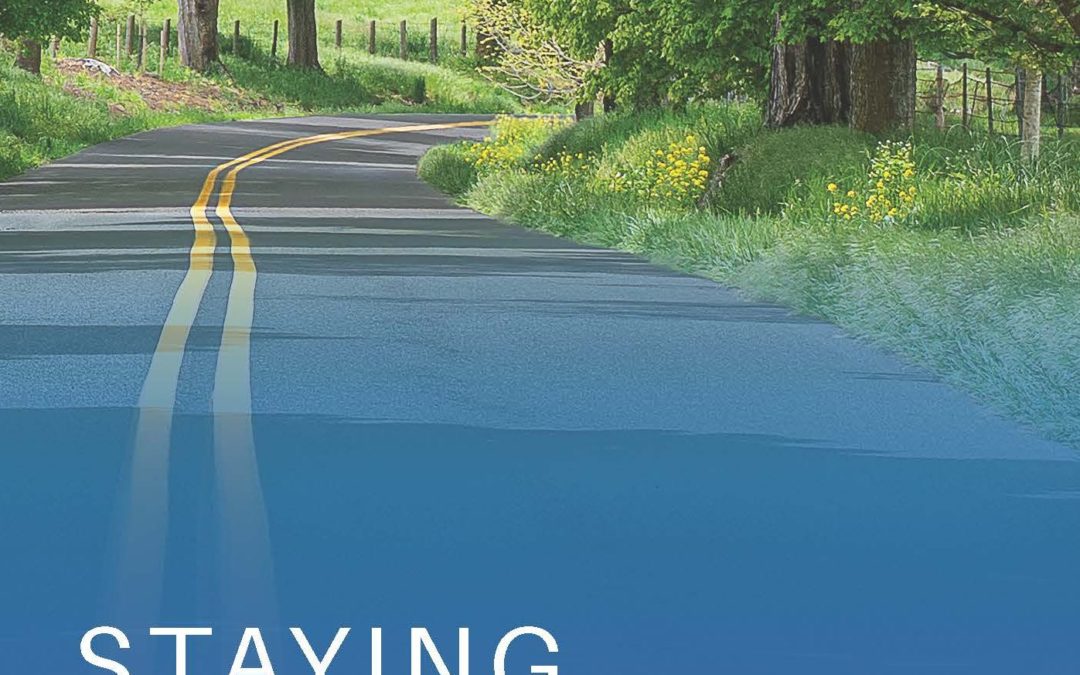
Rockbridge Area Health Center 2022 Annual Report
Rockbridge Area Health Center's 2022 Annual Report is available for download and viewing online....
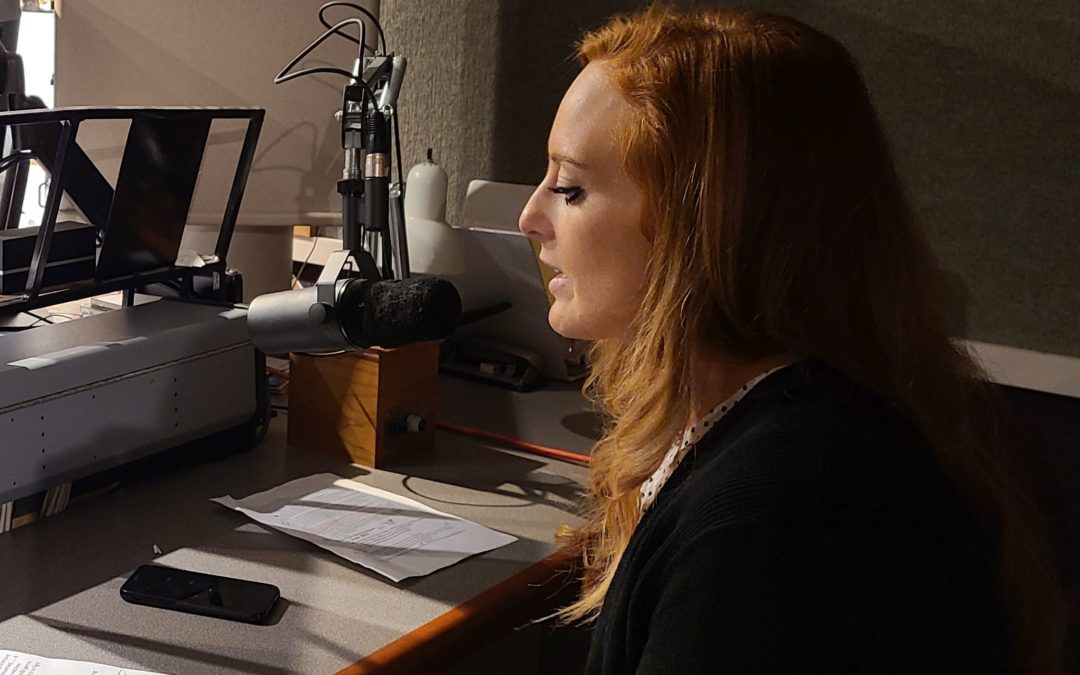
Promoting Childhood Vaccinations on 3WZ
Rockbridge Area Health Center's Immunization Coordinator, Jessica Ferguson, sat down with Laurie...
Patients’ Stories
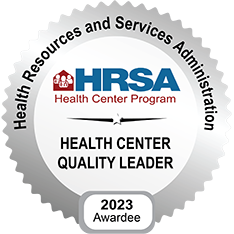
Health Center Quality Leader
The Rockbridge Area Health Center was among the top 20% of all Health Services Resources Administration (HRSA) supported health centers that achieved the best overall clinical outcomes, demonstrating high-quality across our clinical operations in 2022, 2021, and 2018, and top 30% of all HRSA supported health centers in 2020 and 2019. Benchmarks were determined by mathematically adjusting for certain health center characteristics facilitating comparisons across health centers, and sorting health centers into quartiles for each clinical quality measure. Health centers are assigned a quartile ranking for each of several critical clinical quality measures, based on their performance. These rankings are then averaged together to create an Average Quartile Ranking (AQR). Health centers that ranked in the top decile (top 30% of average quartile rankings) are awarded Health Center Quality Leader recognition.

Patient-Centered Medical Home
After a rigorous review process, RAHC has been recognized as Patient-Centered Medical Home (PCMH), Level 3, the highest level of recognition. This means that as the patient, you are at the center of a team of health care professionals partnering with you to make informed decisions. By receiving this recognition, RAHC has made a commitment to providing a quality improvement within the practice and a patient-centered approach to care that results in patients that are happier and healthier. This also leads to lower health care costs, higher-quality care, and a more meaningful experience.
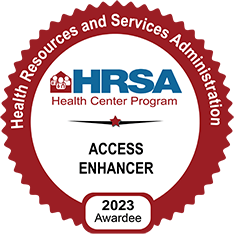
Access Enhancer
The Access Enhancer badge recognizes health centers that have increased the total number of patients and the number of patients who receive at least one comprehensive service (mental health, substance use disorder, vision, dental, or enabling) by at least 5% during back-to-back UDS reporting periods (2021 and 2022 UDS).
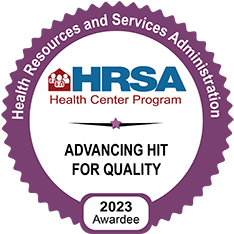
Advancing Health Information Technology for Quality
Recognizes health centers that meet specific criteria determined by HRSA to optimize HIT services under the following five criteria:
-
- Adopted an electronic health record (EHR) system
- Offers telehealth services
- Exchanges clinical information electronically with key providers health care settings
- Engages patients through health IT
- Collects data on patient social risk factors
Support Us
As a local, non-profit 501(c)(3) organization, we rely on our community’s support to provide high-quality, affordable, and accessible healthcare to anyone, regardless of income or insurance status, especially our underserved neighbors.
